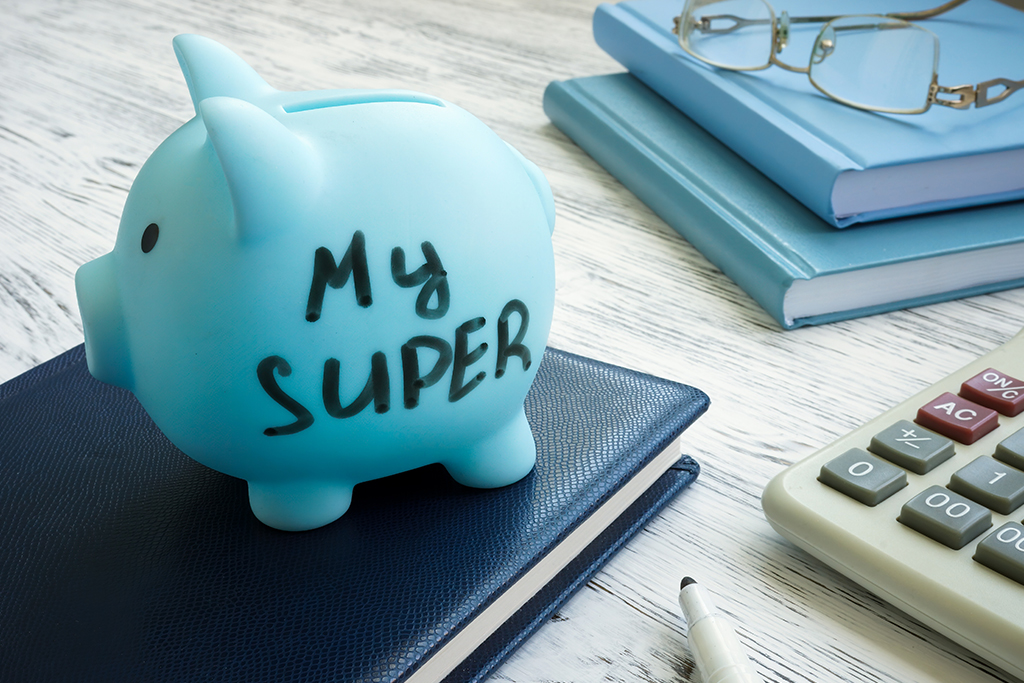
Superannuation: The Power of Early Planning and Informed Decisions
September 2, 2024
Your Adjusted Taxable Income – What It Is and Why It Might Impact You
September 27, 2024We’re often asked by ADF members about how to access the increasing amount of money in their superannuation accounts. The reasons offered for wanting to withdraw part or all the money range from paying down urgent debts to buying a car.
However, the principal purpose of the superannuation system is to fund members’ retirements, so the opportunities to legally withdraw funds in advance of that event are limited (see more on this at the Australian Tax Office website).
Nevertheless, it’s understandable that as balances in the superannuation system grow, members, especially younger members with urgent financial commitments, will conclude that their immediate needs are more important than an unimaginable retirement event thirty years or more down the road.
As a result, some people become susceptible to sales pitches from scammers who offer to withdraw superannuation money or move it to a self-managed superannuation fund (SMSF) to enable the member to get hold of the money (we wrote about the pros and cons of SMSFs in a recent edition of this newsletter).
Superannuation scammers often target members online, by phone or by email. They do this by:
- Phishing, in which a scammer contacts you claiming to be from a financial organisation, such as a bank or superannuation fund. They may use copied legitimate license details, to give their target the impression they are genuine.
- They ask for your personal details and may send an email with a link. When you click on the link, they will gain access to your computer, including log-in details for accounts. With this information, the scammer can create a bogus superannuation account in your name and transfer your money to the new account and then withdraw it; or they can use stolen myGov details to access your superannuation accounts and steal the contents. Read more about these types of scams at the Taxation Office website.
- Other scammers will offer you help to gain “control” of your superannuation by assisting you to set up a SMSF and then transferring your superannuation money into the new fund which they will “help” you to manage. This is often quite a subtle scam because it relies on time and building trust. Eventually, the scammer will convince the victim to transfer the SMSF balance into another fund that the scammer controls and from which the money is stolen.
- Another common scam is where the scammer offers the target a quick and easy way to access superannuation early. They will often assist members, some of whom are quite desperate to get hold of the money, to complete genuine documents that are necessary to legitimately gain access. The process may include suggesting the transfer of funds to a SMSF, for a (large) fee. And they may inform you that once the paperwork is lodged that the money can be accessed for personal use. This process is illegal and will result in the victim paying additional tax and penalties. Read more about illegal early access schemes at the Taxation Office website.
How can you protect yourself from superannuation scams?
There are seven steps:
- Regularly check your superannuation account for any unusual activity or transactions.
- Update your account security (consider multi-factor authentication if offered by your superannuation fund) and make sure your fund has your up-to-date contact details.
- Contact your superannuation fund directly if someone contacts you claiming to be acting on behalf of the fund. Don’t rely on the contact details the caller gives you as they may be fake.
- Know the superannuation rules so that you’re well informed should a scammer approach you to offer an illegal early access scheme.
- Speak to a trusted person before making a decision about transferring your superannuation balance to another fund. This person could be a family member, an accountant, or a licensed financial adviser. You can learn more about choosing a financial adviser on our website.
- Do not deal with anyone who is not licensed. You can check on these sites if someone is not licensed or has been disqualified.
- Be aware of the need to avoid identity theft by, for example, taking care of what you share on social media. You can read more about identity theft and fraud on the website of the Office of the Australian Information Commissioner.
Reporting a superannuation scam
If you think you’ve been targeted by someone who is trying to access your superannuation, we encourage you to report it to:
- Your superannuation fund
- Scamwatch
- Australian Taxation Office Superannuation Line on 13 10 20.
For more information on scams visit our website. Finally, for what to do if you’ve been scammed, visit ASIC’s Money Smart website.







